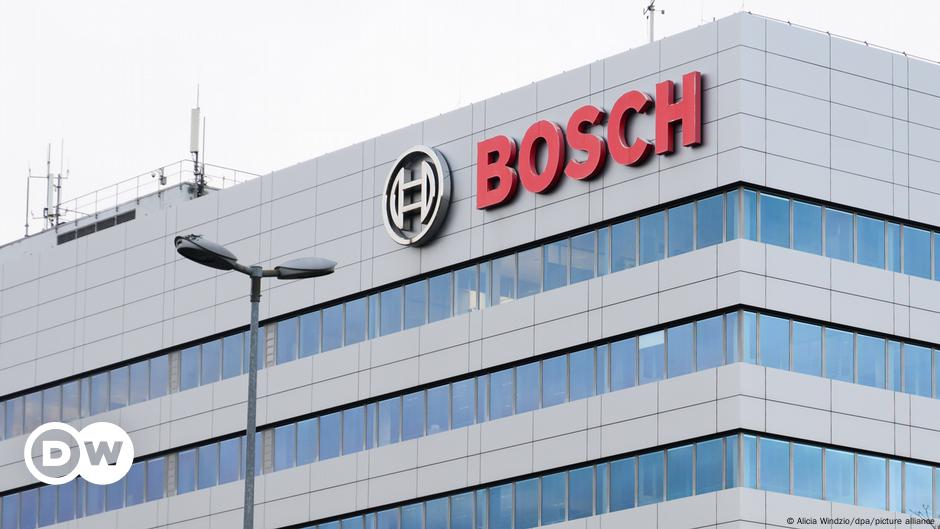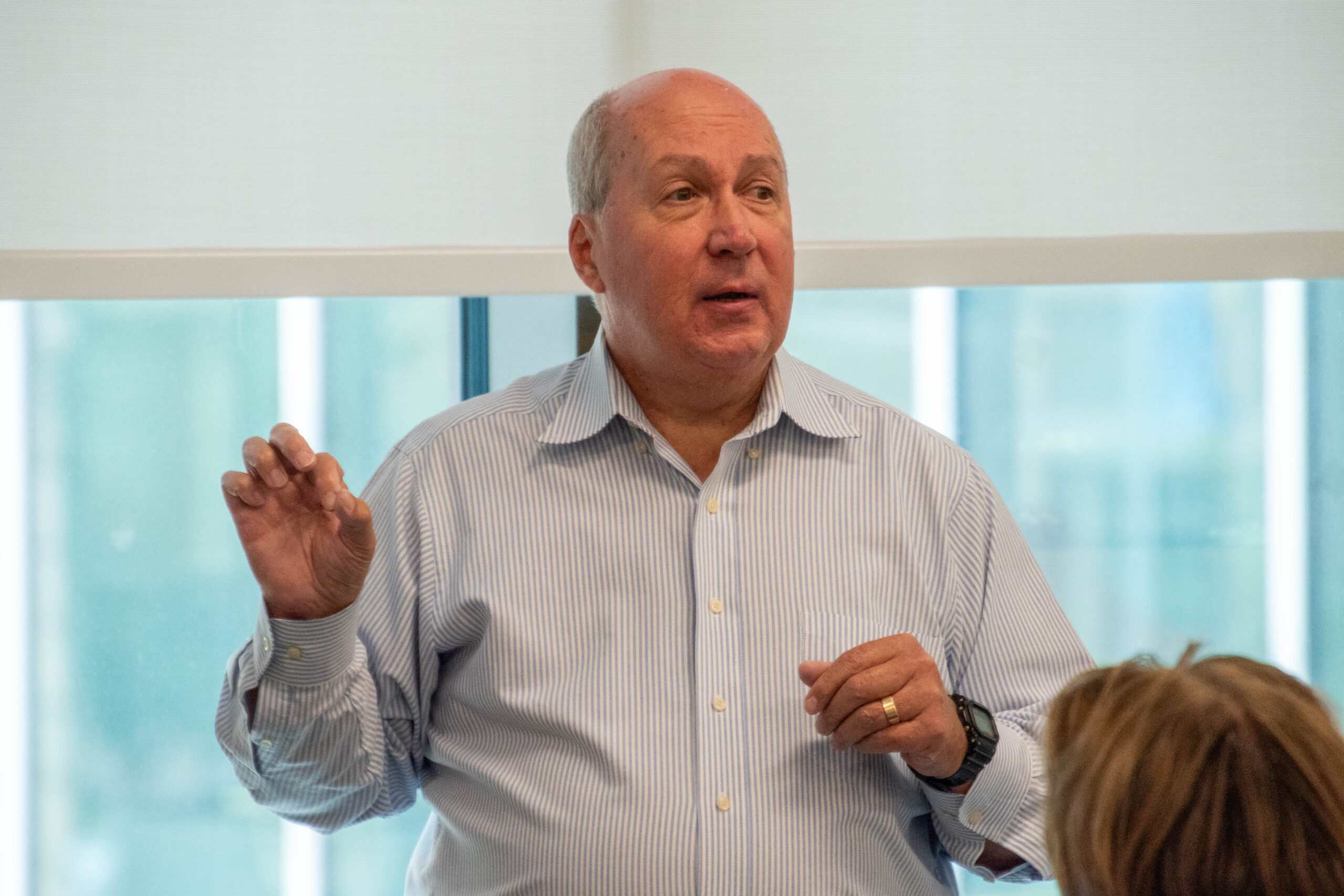Bussiness
Transforming Business With Platform Thinking

Getty
I hadn’t considered platform thinking before. It has emerged as a transformative concept, reshaping traditional business models and enabling unprecedented innovation.
Daniel Trabucchi and Tommaso Buganza, authors of Platform Thinking: Read the Past, Write the Future and Professors at Politecnico di Milano, compellingly explore this concept, emphasizing its potential to revolutionize various industries. Their insights, supported by their extensive research and real-world examples, highlight how platform thinking can drive business success.
The Essence of Platform Thinking
Platform thinking is the ability to integrate platform-based mechanisms at the core of digital business transformations. It moves beyond traditional linear business models, which rely on a straightforward supply chain from production to consumption. Instead, platforms facilitate interactions between multiple interdependent sets of customers, creating value through network effects.
Trabucchi explains, “Platforms are not just a different business model; they are a true enabler for innovation.” This mindset shift is crucial for understanding the profound impact platforms can have on business operations and value creation.
The Evolution of Platforms
The evolution of digital platforms over the past decade has fundamentally altered traditional business models. Companies like Uber, Airbnb, and Spotify have demonstrated the power of platforms to connect users and providers in previously unimaginable ways. But there remains some perplexity. Buganza points out, “The intriguing thing is that all these definitions are correct, which generates even more confusion among practitioners and academics.”
Understanding platforms’ historical context is essential for grasping their current and future significance. Platforms have evolved from simple marketplaces to complex ecosystems that enable seamless interactions between diverse stakeholders.
Foundational Design Principles
Successful platforms are built on specific design principles that differentiate them from traditional business models. Trabucchi and Buganza identify two main characteristics: diverse, interconnected customer groups and the mutual value they create for each other. These elements create a self-reinforcing cycle where the platform’s value increases as more users join.
As Trabucchi explains, “Platforms share two main characteristics: having multiple interdependent sets of customers and cross-side network externalities.” Companies like Airbnb, which connects hosts and travelers, exemplify this dual customer approach, and Facebook, which connects users and advertisers.
Real-World Applications: BlaBlaCar and Friendz
To illustrate the practical application of platform thinking, Trabucchi and Buganza highlight two innovative examples: BlaBlaCar and Friendz. BlaBlaCar, a car-sharing platform, connects drivers with passengers to share the costs of journeys. Founder Fred Mazzella’s realization of the inefficiency of car usage led to the creation of a community-focused travel solution.
Trabucchi recounts, “BlaBlaCar’s success lies in its ability to leverage idle resources—in this case, empty car seats—and turn them into valuable assets for both drivers and passengers.”
Similarly, Friendz, a digital marketing startup, transforms regular social media users into micro-influencers. By leveraging personal connections for brand promotions, Friendz harnesses the power of user-generated content. Buganza notes, “Friendz engages users in creative campaigns, allowing brands to tap into the authenticity and reach of personal recommendations.”
Absorptive Capacity
A critical concept in platform thinking is absorptive capacity—the ability to recognize the value of new information, assimilate it, and apply it to commercial ends. Initially defined by Cohen and Levinthal in 1990, this concept is pivotal for understanding how businesses can effectively adopt platform models.
Absorptive capacity enables organizations to continuously adapt and innovate, turning new information into strategic advantages. Trabucchi elaborates, “Absorptive capacity is about developing the right glasses to read how and why platforms are different from traditional business models. It’s about fostering innovation through a new way of thinking.”
For example, Netflix’s transition from a DVD rental service to a streaming platform illustrates absorptive capacity. By recognizing the potential of streaming technology and customer data analytics, Netflix successfully adapted its business model to become a leading global entertainment platform.
Education and Mindset Shift
A fundamental shift in mindset and education is necessary for businesses to successfully transition to platform-based models. Trabucchi emphasizes the importance of understanding both linear and platform models, stating, “We need to develop a clear competence to read and understand the differences and implications between similar platforms and to be able to see where they are equal.”
Buganza adds, “Changing the roots of how we do business and create value requires convincing your own people first. It’s about treating multiple clients as customers and developing services that cater to their needs.”
What’s Next?
Platform thinking offers a new lens through which businesses can navigate the complexities of the digital economy. By embracing this concept, companies might unlock new opportunities for innovation, enhance customer experiences, and drive sustainable growth. Trabucchi and Buganza’s insights provide a roadmap for businesses to transition from traditional models to dynamic, platform-based ecosystems.
As Trabucchi puts it, “The ability to read the past and write the future through platform thinking will be a defining factor in the success of businesses across industries.” By fostering a mindset of continuous learning and adaptability, organizations might be able to withstand the tsunami of digital change that lies ahead.
Watch the full interview with Dana Griffin and Dan Pontefract on the Leadership NOW program below, or listen to it on your favorite podcast.










